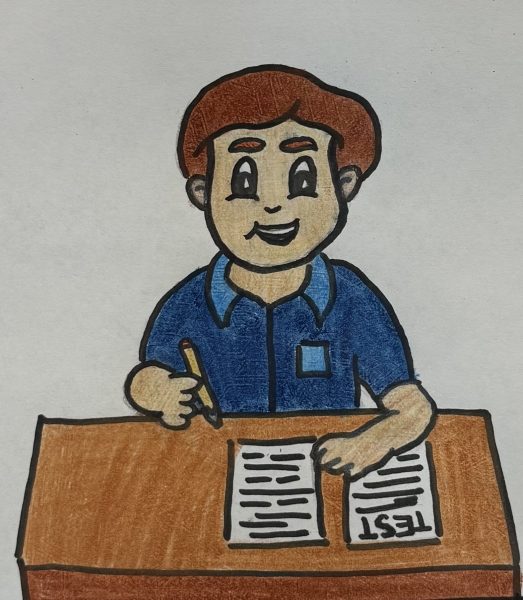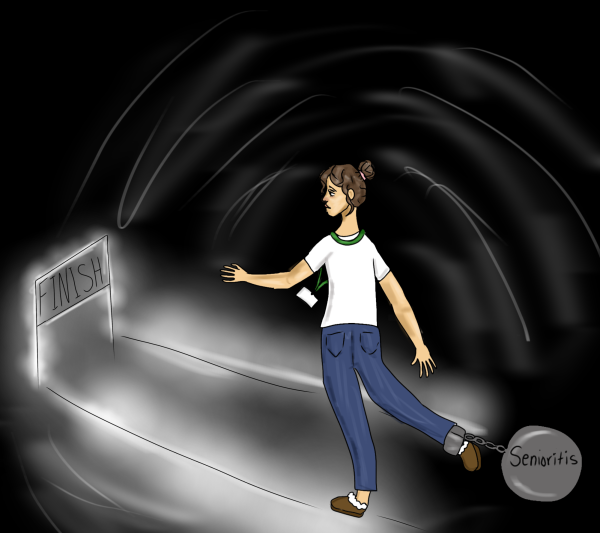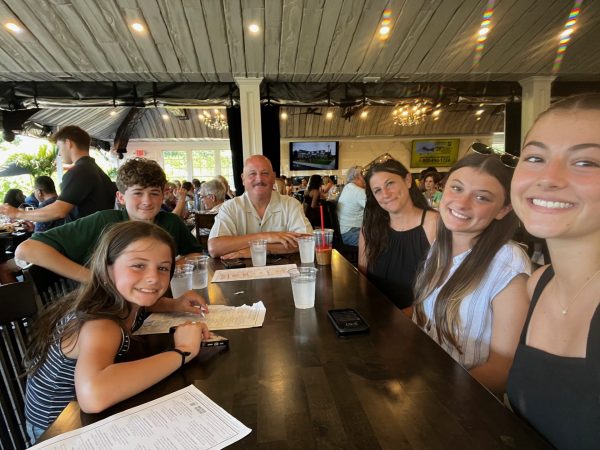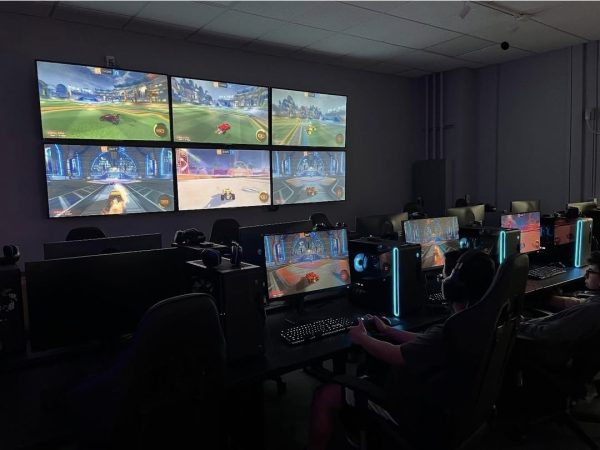The Effect of Social Media on Social Skills
The purpose of social media is to keep people connected and maintain interaction while they are apart, but people are beginning to use social media to interact more than they do in person. Twenty out of 25 Snap chatters around the halls of LHS said they use social media to communicate more than face-to-face interactions.
With people keeping their heads in their phones more than talking face to face, they are neglecting rudimentary social skills. The way people maintain eye contact and posture and the words they use are all affected by using the phone too much.
“My kids seem to be somewhere else when I am talking to them. There is very little eye contact because their focus seems to be in another place,” said Science Teacher Jeanette Meszaros.
Talking face to face helps people understand the non-verbal aspects of communication. Non-verbal aspects of a conversation are how the person speaking indicates his/her emotion about what he/she is talking about. Using social media too much makes it harder for people to identify the emotion being expressed by the people with whom they are talking. This makes it harder to respond appropriately. “Even today, there are many people (especially millennials or younger) who prefer to solve work or personal problems via social messaging systems. Approximately 93% of communication today is already nonverbal, and thus requires an additional means of helping people understand each other (such as smileys or emojis), since text does not convey the total palette of intonations or facial expressions,” states the essay entitled “The Effects of Social Media on Communication Skills” (academichelp.net). Not understanding a speaker’s emotion causes confusion to the other participants in the conversation. Texts could be interpreted differently because they lack emotion, and responses may not be appropriate for what was trying to be conveyed. Using social media excessively affects individuals’ social skills when having a face-to-face conversation.
Phones should be used to keep one occupied while he/she is bored and alone, not when he/she is with friends, family, teachers, coaches, and so on. “A third of teens (34 percent) agree either strongly or somewhat that using social media takes away from time they could be spending with people face-to-face, and 44 percent agree at least ‘somewhat’ that using social media often distracts them from the people they’re with when they get together in person,” reports Zachary Feliciano in his article “Is Social Media Hindering Our Face-To-Face Socialization Skills” (http://c-hit.org).
When with other people, the phone should be put away, and individuals should socialize with the people they are surrounded by. “When I’m with my friends, we are usually on our phones, Snapchatting, even when trying to have conversations with each other,” says freshman Emma Ward. “Sometimes, we even Snapchat each other while being in the same room. When we do try to put our phones down and talk, it usually only lasts two minutes,” adds Ward.
The way people access social media has an impact on the way in which they communicate with each other in person. The lack of face-to-face conversation prevents people from understanding the intentions and emotions of the person with whom they are speaking.

I am a member of the Class of 2022. I have a brother, Jake, who is two years older than me. I enjoy playing sports such as soccer and lacrosse.







































